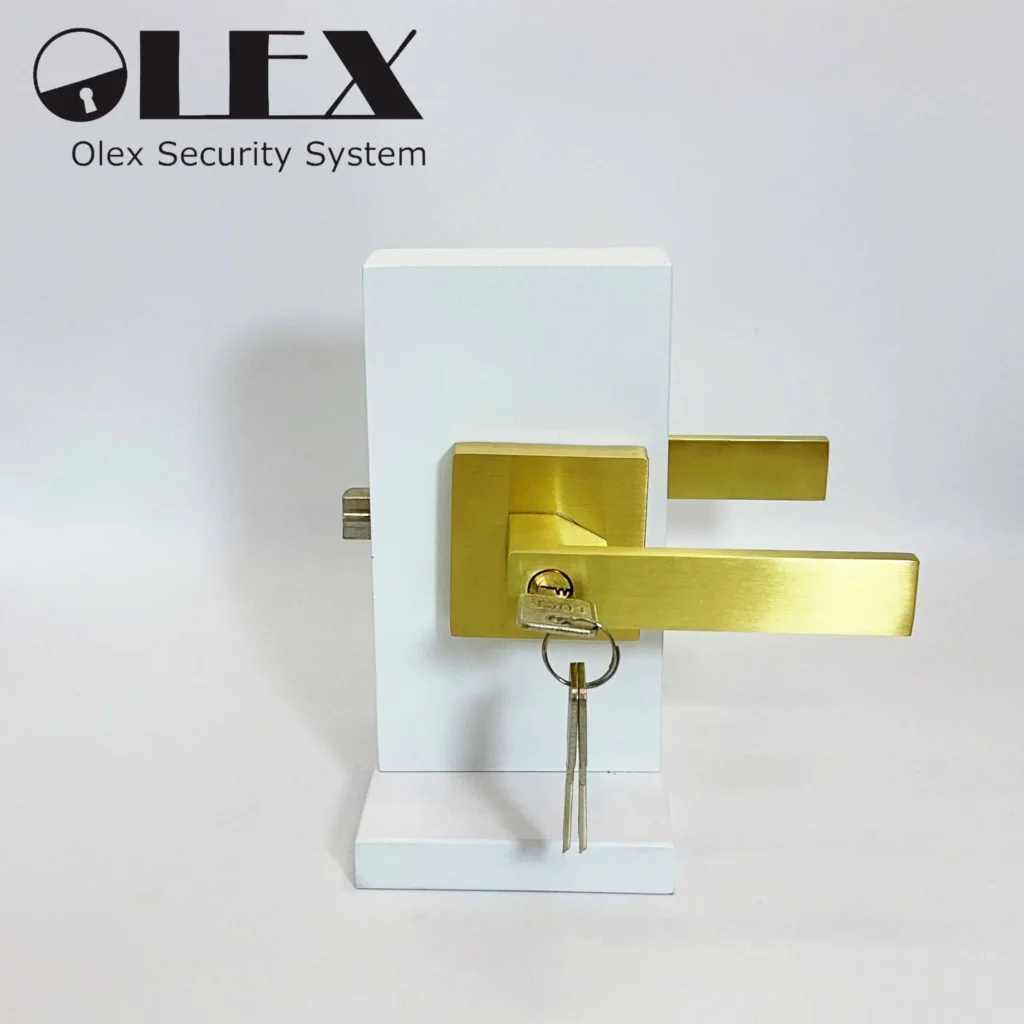3 Benefits and the Future of Smart Lock Voice Prompts
Smart locks are a modern security device widely used in homes, offices, hotels, and other locations. Their core function is to provide convenient and secure locking mechanisms while offering voice prompts to guide users. However, these voice prompts can sometimes cause inconvenience, especially in situations where silence is essential. This article will explore the significance of voice prompts in smart locks, how to disable them, and the future trends of this feature.

The Importance of Voice Prompts in Smart Locks
Voice prompts in smart locks serve as a convenient and practical feature, enhancing the user experience and overall security of the lock. Here’s why voice prompts are significant:
- Enhanced User Experience Voice prompts provide users with an easier and more intuitive way to operate. When users need to unlock or lock their doors, they can simply follow the voice instructions, eliminating the need for manual input of passwords or card swipes. This is particularly beneficial for individuals with mobility issues or those with their hands full.
- Increased Security Voice prompts can also enhance the security of the system. During use, the system performs identity verification, allowing only authorized individuals to unlock the door. Additionally, if someone attempts unauthorized access or inputs the wrong password, the lock will issue an alert or voice prompt, notifying the user to take immediate action.
- Improved Interactivity Voice prompts increase the interactivity between users and their locks. Users can engage with the device through voice commands, such as asking for the current time or checking the unlock history. This not only enhances the user experience but also builds trust and reliance on the system.
How to Disable Voice Prompts on Smart Locks
Despite the advantages, there are situations where disabling voice prompts is necessary, such as in quiet environments or when avoiding disturbances. Here are common methods to disable voice prompts:
- Disabling via Admin Mode Most smart locks feature an admin mode where system parameters, including voice prompts, can be adjusted. Typically, accessing admin mode involves verifying identity through a password or card swipe, then navigating to the system settings, finding the admin mode option, and selecting to disable or enable voice prompts. Note that only administrators have the authority to change these settings.
- Disabling via Mobile App Many smart locks come with a companion mobile app that allows users to remotely control the lock, including turning off voice prompts. Generally, the app’s settings menu includes an option to disable or enable voice prompts. This method is convenient but requires a stable internet connection and access to the app.
- Disabling via Physical Buttons Some smart locks provide a physical button or switch to control voice prompts. Typically located on the lock’s panel, this button or switch allows users to easily toggle the voice prompts on or off. This method is straightforward but requires users to locate the physical control on the lock.

Future Trends in Smart Lock Voice Prompts
As artificial intelligence technology continues to advance, the voice prompt feature in smart locks will become increasingly intelligent and personalized. Here are some future trends:
- More Advanced Voice Recognition and Interaction Future smart locks will incorporate more sophisticated voice recognition technology, capable of accurately identifying user commands and providing seamless voice interaction. Users will be able to perform various functions, such as checking unlock records or setting reminders, through voice commands, greatly enhancing convenience and usability.
- Personalized Voice Prompts and Interaction Modes Smart locks of the future will offer more personalized voice prompts and interaction modes based on user preferences and needs. For example, the lock can adjust the speed, tone, and volume of voice prompts according to the user’s voice characteristics and language habits, providing a more natural and comfortable interaction experience. Additionally, smart locks will support multiple languages and dialects to cater to diverse user groups.
- Enhanced Security and Reliable Voice Prompt Technology Future smart locks will employ more secure and reliable voice prompt technology to ensure user information security and privacy protection. For instance, smart locks will use encryption technology to safeguard personal information and command data, and anonymize voice commands to protect user privacy. Moreover, advanced voiceprint recognition technology will further enhance security and trustworthiness.
Conclusion
Overall, the voice prompt feature in smart locks plays a crucial role in enhancing security, convenience, and interactivity. However, there are circumstances where disabling this feature is necessary. In the future, with ongoing technological advancements, the voice prompt feature in smart locks will become smarter, more personalized, and more secure. By adopting advanced voice recognition technology, personalized settings, and secure prompt technology, smart locks will provide users with a more convenient, comfortable, and secure locking experience.


